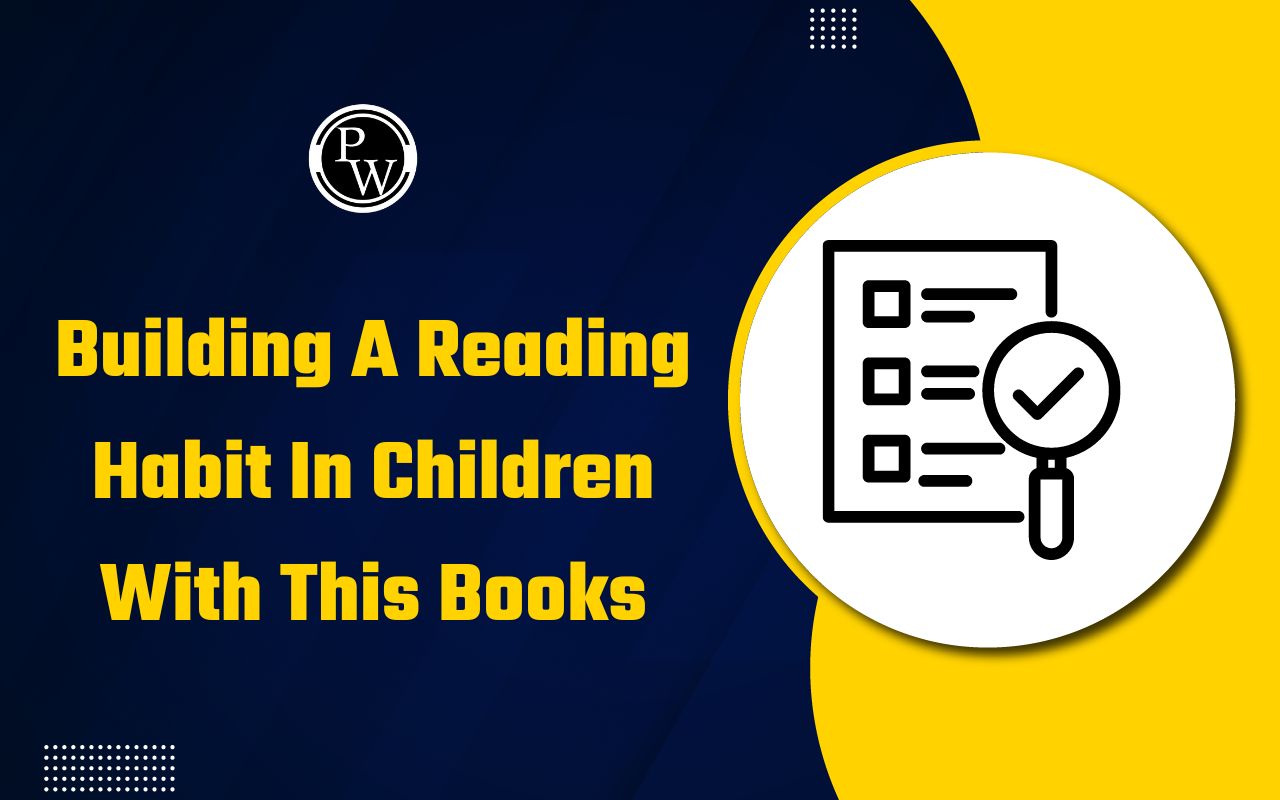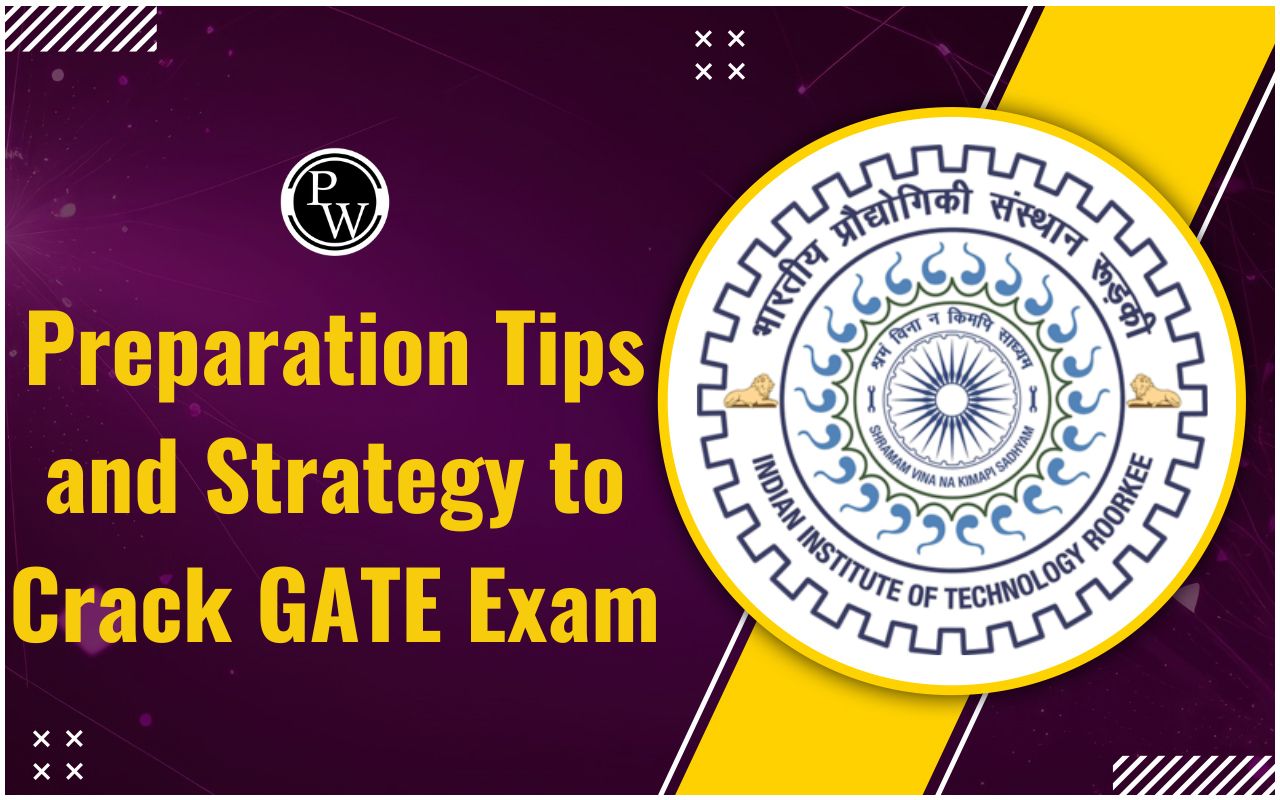Science Projects for Class 7th: Creative Ideas

Science Projects for Class 7th:- When it comes to sparking curiosity and making learning fun, science projects are a great way to get Class 7 students excited. These projects help students understand science in a hands-on way, encouraging them to experiment and think critically. From exploring how renewable energy works to learning about plant growth and electricity basics, the science projects for Class 7 blend education with fun. Get the Science Projects for Class 7th below.
Check out: PW Experiment Kits
Grab your PW Experiment Kit today at 20% off and make science fun for your kids. Limited offer, hurry before it ends.
Science Projects for Class 7th
1. Solar Oven Experiment
Experiment: Create a solar oven to explore renewable energy use.
Process:
-
Start by preparing a cardboard box. Line the interior with reflective material, such as aluminium foil, to enhance sunlight reflection.
-
Construct a lid using another piece of cardboard and cover it with a transparent sheet-like plastic wrap. This setup helps trap and concentrate the sunlight inside the box.
-
Place a cooking vessel, such as a small pot or pan, inside the box.
-
Position the solar oven in a sunny spot where it can catch maximum sunlight. The reflective surfaces will direct the sun’s rays towards the cooking vessel.
Result: This experiment demonstrates how solar energy can be effectively used for cooking. By harnessing sunlight, the solar oven provides an eco-friendly alternative to conventional energy sources, showcasing the potential of renewable energy in everyday applications.
2. Water Filter Project
Experiment: Build a simple water filter to understand water purification and conservation.
Process:
-
Gather materials such as sand, gravel, and activated charcoal for the filtration system.
-
Take a plastic bottle and cut off the bottom. Layer the materials inside the bottle in this order: activated charcoal at the top, followed by gravel, and then sand.
-
Pour dirty water through the top of the filter and observe as it trickles through the layers.
-
The impurities in the water will be filtered out by the different layers, resulting in cleaner water coming out of the bottom of the bottle.
Result: This project highlights the importance of clean water and demonstrates how simple materials can be used to build an effective filtration system. It provides insight into water purification processes and emphasizes the need for effective water conservation and management solutions.
Check out: Science Experiment Kit For Class 7th
3. Electricity Generation from Fruits
Experiment: Generate electricity using fruits to explore alternative energy sources.
Process:
-
Select fruits like lemons or potatoes for the experiment.
-
Insert two different types of metal electrodes—copper and zinc—into each fruit.
-
Connect these fruits in series or parallel circuits using wires.
-
Attach the free ends of the wires to a multimeter to measure the voltage generated.
-
The acids in the fruits will react with the metals, creating a small electrical current.
Result: This experiment reveals how everyday items, such as fruits, can generate electricity through a chemical reaction. It highlights the potential for using renewable and non-traditional materials to produce small-scale, eco-friendly power, reinforcing the importance of exploring alternative energy sources.
4. Simple Circuit Experiment
Experiment: Build a simple electrical circuit to understand how electricity flows.
Process: Connect batteries, wires, and a light bulb to create a basic circuit. Experiment with different circuit configurations to observe how they affect the flow of electricity and the brightness of the bulb.
Result: This hands-on experiment helps you grasp fundamental concepts like conductivity, resistance, and the components of electrical circuits in a practical and engaging manner.
Read More: 10 Easy Topics for Science Projects for Class 7 Students
5. Plant Growth in Different Soils
Experiment: Investigate how various soil types affect plant growth.
Process: Plant identical seeds in different types of soil, such as sandy, clay, and loamy soil. Monitor and measure the growth of the plants in each soil type over time, noting any differences in their development.
Result: This experiment teaches you how soil characteristics influence plant growth, providing insights into agricultural practices and the relationship between plants and their environment.
6. Density Column Experiment
Experiment: Explore the concept of density by creating a density column with different liquids.
Process: Layer liquids of varying densities (such as honey, dish soap, water, and oil) in a transparent container. Observe how the liquids settle in layers according to their densities.
Result: This project visually demonstrates how density determines the layering of liquids, providing a clear understanding of this physical property.
Check out: Electricity & Magnetism Science Projects Kit
7. Music and Plant Growth
Experiment: Study how different types of music affect plant growth.
Process: Expose identical plants to different genres of music (classical, rock, or no music) over a few weeks. Monitor their growth patterns and overall health.
Result: This experiment explores the possible effects of sound on plant health and growth, offering insights into the relationship between external stimuli and biological responses.
8. Paper Airplane Aerodynamics
Experiment: Experiment with paper aeroplane designs to study aerodynamics.
Process: Create different paper aeroplane designs and test their flight distances and stability. Observe how changes in design affect their aerodynamic performance.
Result: This project helps you understand the principles of aerodynamics and how different shapes influence flight.
Read More: 8th Grade Science Fair Projects & Ideas
9. Balloon Rocket Experiment
Experiment: Create a balloon rocket to explore the principles of motion.
Process:
-
Stretch a piece of string between two fixed points, such as the backs of two chairs or across a room.
-
Attach a balloon to the string using a straw. The straw should be threaded onto the string before you inflate the balloon.
-
Inflate the balloon without tying it, and then release it while holding the balloon’s opening closed. The air escaping from the balloon will propel it along the string.
-
Observe how the balloon moves and note the speed and direction as it travels along the string.
Result: This experiment demonstrates Newton's Third Law of Motion, which states that for every action, there is an equal and opposite reaction. As the air rushes out of the balloon in one direction, the balloon moves in the opposite direction, illustrating how action and reaction forces work together in motion.
10. Static Electricity Experiment
Experiment: Understand static electricity by conducting experiments with materials that create static charges.
Process:
-
Rub a balloon against your hair or a wool sweater for a few seconds to build up a static charge.
-
After rubbing, hold the balloon close to small, lightweight objects such as bits of paper or confetti.
-
Observe how the objects are attracted to or repelled by the balloon. You can also try rubbing different materials to see if the results vary.
Result: This experiment helps you understand static electricity, which occurs when materials become charged by gaining or losing electrons. By observing how the charged balloon attracts or repels small objects, you can see how static electricity works and learn about the effects of electric charges using simple, everyday materials.
Check out: 150+ Experiments Science Explorer Kit
Science Projects for Class 7 Working Models
-
Create a Density Column: Investigate how different liquids layer based on their densities.
-
Music and Plant Growth: Play various types of music for plants and observe how their growth and health change.
-
Aerodynamics with Paper Airplanes: Experiment with different paper aeroplane designs to learn about flight principles.
-
Balloon Rocket: Build a simple rocket with a balloon to explore basic motion principles.
-
Magnet Experiments: Test various materials to see which are attracted to magnets and explore magnetic fields.
-
Candy Solubility: Test how different types of candies dissolve in water to understand solubility.
-
Static Electricity: Create static electricity using common materials and observe how it affects objects.
-
Solar System Model: Build a model to show the relative sizes and distances of planets in our solar system.
-
Baking Soda and Vinegar Reactions: Conduct experiments with these two substances to see how they react together.
-
Mini-Ecosystem: Set up a small, sealed jar to create a self-sustaining ecosystem and observe its balance.
Make your child’s next science project or experiment even more fun! Get Flat ₹50 off on orders above ₹399 and Flat ₹80 off on orders above ₹499. Use codes TOYSFLAT50 or TOYSFLAT80 to shop the science kits and tools at amazing discounts.
Science Projects for Class 7th FAQs
1. What are some simple science projects for Class 7 students?
Ans. Simple science projects include creating a solar oven to harness sunlight for cooking, building a basic water filter to understand purification, and generating electricity from fruits. These projects use everyday materials and are easy to set up.
2. How can I make a solar oven for a science project?
Ans. To make a solar oven, line the interior of a cardboard box with aluminium foil. Create a reflective lid with cardboard and cover it with plastic wrap. Place a cooking vessel inside, and position the box in direct sunlight to cook food using solar energy.
3. What materials are needed for a water filter project?
Ans. For a water filter project, you'll need sand, gravel, and activated charcoal. Layer these materials inside a plastic bottle with activated charcoal at the top, followed by gravel and sand. Pour dirty water through the filter to observe the purification process.
4. How do you generate electricity using fruits?
Ans. Insert metal electrodes (copper and zinc) into fruits like lemons or potatoes. Connect the fruits in a circuit and measure the voltage with a multimeter. The chemical reaction between the fruit acids and the metals generates a small electrical current.
5. What is the purpose of the balloon rocket experiment?
Ans. The balloon rocket experiment demonstrates Newton’s Third Law of Motion. By inflating a balloon and letting the air escape through a straw on a string, you can observe how the action of air rushing out creates an equal and opposite reaction that propels the balloon along the string.










